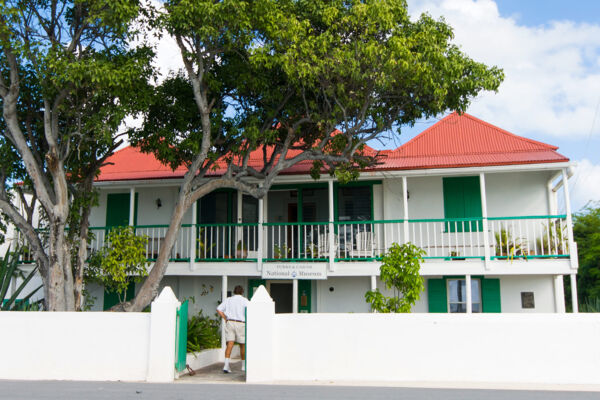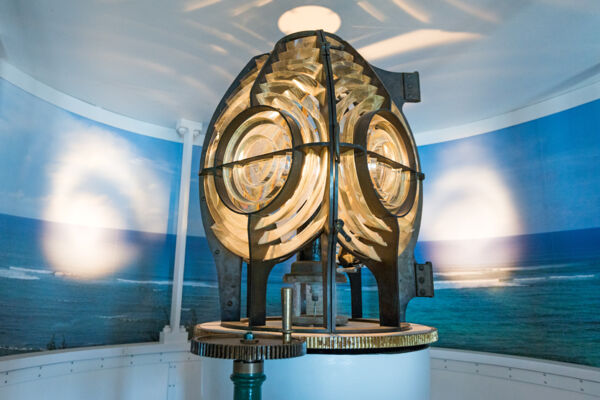Turks and Caicos National Museum
Cockburn Town, Grand TurkThe National Museum is the country’s only museum (apart from a small satellite location on Providenciales), and is located on the historical Front Street in Cockburn Town, Grand Turk.
The museum was established in 1991 at Guinep House, which is one of the oldest buildings still standing in Grand Turk.
The creation of the museum was largely in response to the discovery of the Molasses Reef Wreck to the southeast of West Caicos, which is the oldest excavated European shipwreck in the Americas. After this Portuguese or Spanish caravel was located in the early 1970s, the wreck site was significantly damaged by explosives during an illegal treasure-hunting attempt. Surviving armaments and artifacts from the Molasses Reef Wreck now take center stage at the museum.
Initial funding for the National Museum was provided with the extreme generosity of Mrs. Grethe Seim, a Norwegian national who felt that enough wasn't being done to preserve the history and culture of the islands.
Exhibits
The primary exhibit is centered on the Molasses Reef Wreck, the oldest European shipwreck excavated in the western hemisphere. This very early 1500s caravel (likely built in either Spain or Portugal) wrecked on the barrier reef edging the Caicos Banks south of Providenciales.
Another major exhibit centers on the indigenous peoples of the Turks and Caicos—The Tainos (also known as Lucayans). Very little is known about these early inhabitants and there is equally little physical evidence remaining in the Turks and Caicos of these people, yet it is thought that they migrated up through the Caribbean sometime around the year 700 AD. The museum houses two important Tainos artifacts: the Lucayan duho seat, and a canoe paddle, as well as many smaller artifacts such as pottery and bone tools.
There are many exhibits on the later history of the Turks and Caicos as well, which cover early European and Loyalist settlers, the Trouvadore slave ship, the British Colonial and Victorian-era periods, and the historic 1962 splashdown of astronaut John Glenn and the Friendship Seven space capsule. Artifacts include Spanish coins from the 1600s, old postage stamps, historical flags, primitive diving, and wreck salvaging equipment, and more.
Shopping
The Museum Shop is one of the best gift shops on Grand Turk and is highly recommended if you’re looking for souvenirs. It’s an official outlet for the Middle Caicos Co-op, a cooperation selling locally made baskets and other knickknacks. There’s also a selection of books (history and children’s titles) by local authors.
Admission and Support
Admission is $5 per adult. There is no admission charge for children under 12 who are accompanied by an adult.
The Museum is entirely independent of the Government and self-supporting. It is a non-profit institution (with a 501c (3) affiliate ‘Friends of the Turks and Caicos National Museum’ in the US for tax-free donations). Memberships can be purchased starting at $50.
The Future Providenciales Branch
There’s discussion about opening a branch on Providenciales in the Grace Bay area. Certain exhibits, such as the Molasses Reef Wreck, would be moved to Providenciales to make space for a new exhibit on the HMS Endymion in Grand Turk. The HMS Endymion wrecked on reefs approximately 20 miles (32 km) south of Grand Turk.
Unfortunately, it has proven difficult to raise the necessary support required to make this happen, yet it is still a goal of the museum. A small museum and heritage site currently exists in this location.
The future museum site is found in Grace Bay, and there’s currently a small botanical garden, a reproduction Loyalist-era buildings, a charcoal kiln, and an authentic 1700s British cannon.
Located in Cockburn Town
Cockburn Town is the capital of the Turks and Caicos, and is the oldest settlement in the country. The small town is located on the central west coast of Grand Turk, and features a picturesque beach, and architecture reminiscent of British and Bermudian colonial styles.





